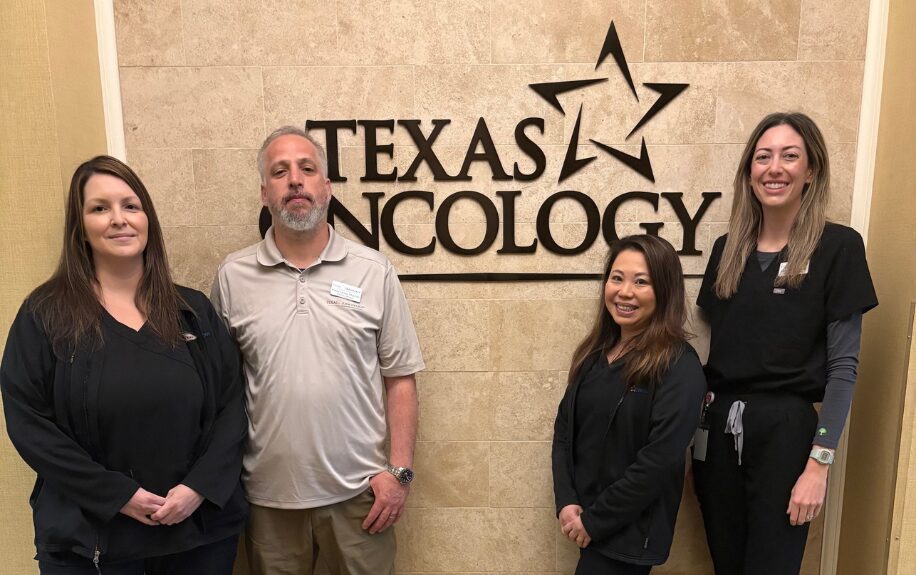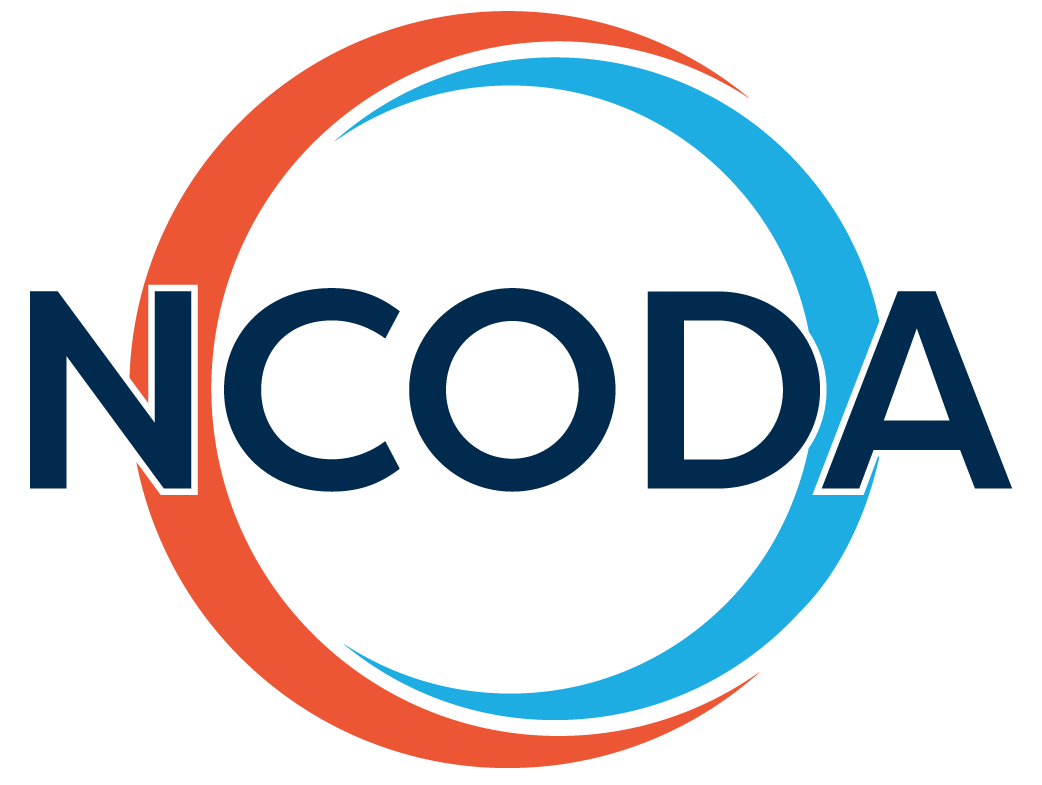High Tech, High Touch: The MIP Model at Texas Oncology
Published Date: March 31, 2025

NCODA Editorial Team
Published: March 31, 2025
As we look at the implementation and value of the medially integrated pharmacy (MIP) model and how members are making a difference in the future of oncology care, we recently spoke with Texas Oncology leaders Gury Doshi, MD, hematology and medical oncologist, and Neal Dave, PharmD, executive director of pharmacy operations, for their perspectives. Texas Oncology is an independent, physician-led practice that is one of the largest cancer care providers in the country and has been utilizing an integrated pharmacy model for over a decade.
Please share the history of the Texas Oncology medically integrated model.
Dr. Doshi – In 2014, I presented information and advantages to the Texas Oncology board outlining that we need to be the providers that can also dispense oral oncology medications in order to truly take the best care of patients. There is value for our pharmacists to take care of our patients in every aspect of care. We wanted to be sure that we could get these oral medications to patients quickly.
We then began utilizing the integrated model and working throughout the organization as one team serving the patient, with all our insights being shared in the EMR. The data showing how we got patients on therapy was essential and at the core of our efforts. Prior to our medically integrated pharmacy, our start time to treatment had been almost two weeks, and we wanted to accelerate that. After establishing our medically integrated model, we were able to get medication to patients in days. When Neal became executive director of pharmacy, he strengthened our MIP process and continued to enhance the holistic team approach of cancer care delivery. of patient care
One of the other often referenced metrics by our members is the abandonment rate, how do you make it over that hurdle?
Neal – We initially focused heavily on the abandonment rate, which is high across mail-order specialty pharmacies. This is often because they find hurdles that make filling those initial prescriptions harder than they expect. It may be a cost issue for them or simply too complex of a process and they don’t get filled. We started our own internal group that helps patients find assistance to alleviate some of these issues. We go find the funding and options to make sure we can get patients on therapy. We don’t leave them behind because of a financial issue.
With the improvements and processes we’ve implemented our abandonment rate is less than one percent over the course of a full year. It’s exceedingly rare that a patient prescribed an oral medication doesn’t get access and start therapy at this point. There are barriers related to PBMs where a different combination is required, and we work through those quickly though to make sure we don’t lose patients in that process.
Our pharmacy team continues to grow, and we now have programs in place to review every order to ensure it is clinically appropriate. We follow checklists for each medication to provide those quality checks and it’s been a matter of streamlining that process to a point where our patients get that high-touch level of care without delays. That is really key to lowering the abandonment rate.
How do you encourage adherence and how does your team provide support to patients in that process?
Neal – It is a multi-disciplinary team approach. More recently, we are starting to roll out a new electronic patient reported outcome tool that will help monitor adherence. By asking more questions via the tool, it can help trigger notifications that are valuable to our team. For example, if there are two weeks of medication left nearing the end of the month, but they haven’t reported a side effect, we can ask those questions and dig deeper to understand what may be going on.
Nurses are involved, the pharmacy team is involved when processing to make sure the patient is ready for their refill, and we coordinate with the physician team to connect all the dots. This will allow our team to have the full picture and be able to take care of the patient in a way that matters to them.
Have you been able to leverage the data to manufacturers or others in making the case that you can manage this process as well or better than other pharmacy options?
Neal – We do work closely with manufacturers and have shared information with some smaller PBM organizations in terms of letting them know that we’re in network and the patient is already coming here. We try to use data when possible and it makes sense. It’s important though to continue to tell the medically integrated story and help the marketplace understand the advantages we can offer.
Dr. Doshi – With the new system we’re implementing, we expect that we’ll have cleaner data and insights. Our intention is to tell the story of MIP with patient reported adherence data. This will help tremendously in our conversations with payers, the government, pharma manufacturers and others to help these stakeholders understand the advantages that this care model offers towards improved patient experience and outcomes.
How do you view the medical benefit to patients delivered by an MIP model?
Dr. Doshi – These are our patients. Everyone on my team including the pharmacy team, the nurses, and everyone that touches patient care will identify the patient as our patient. The reason we have such persistence is that we are all personally committed to knowing and caring for each of our patients. The medically integrated clinical team and patient relationship is something that cannot be replicated by mail order special pharmacy.
Neal – Patients often are so excited that they can get their medications right from their physician. It’s a major surprise for many as they aren’t used to it. They may have had negative experiences in the past waiting to get fills or getting the wrong amount via those challenges.
Dr. Doshi – These are complex medications. Patients appreciate our team helping them through assistance and dealing with the costs that can be shocking to them, on top of an already difficult cancer diagnosis. Once they understand the services offered, it’s a life-changing difference and they are so grateful for the care they receive at Texas Oncology.
The MIP model provides significant advantages to patients, and this series will highlight how NCODA members are elevating care through coordinated treatment and support across the country.






